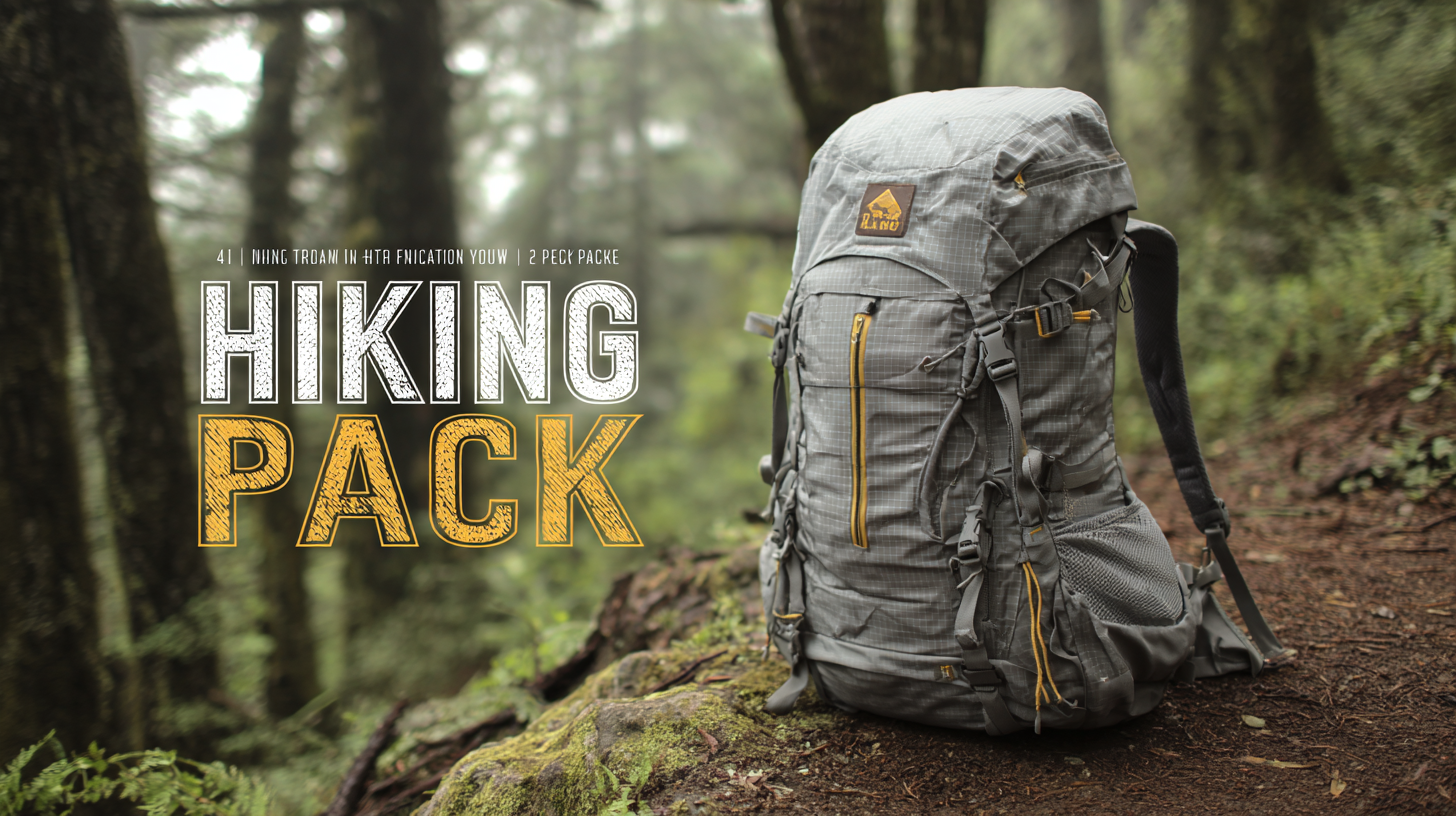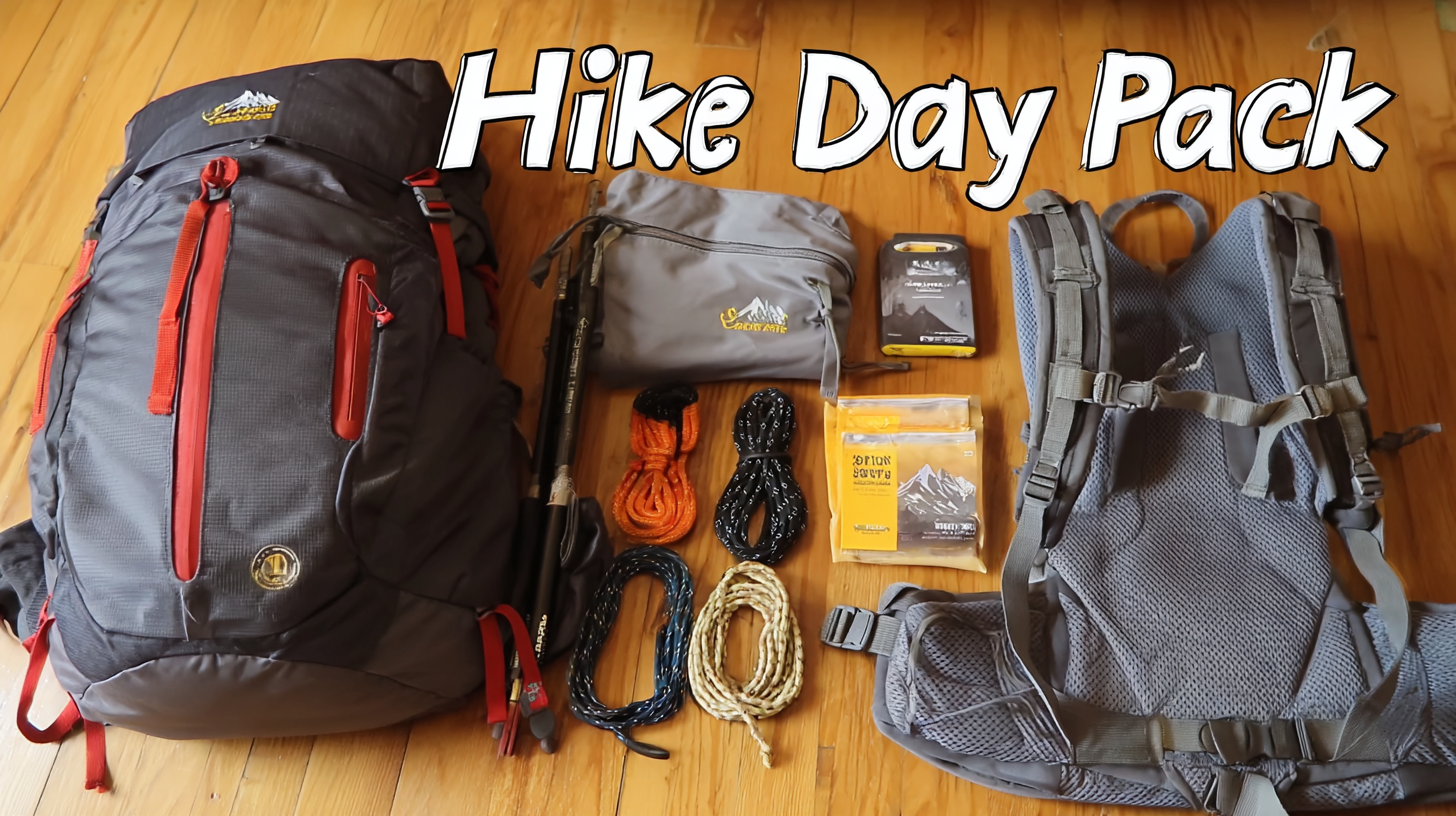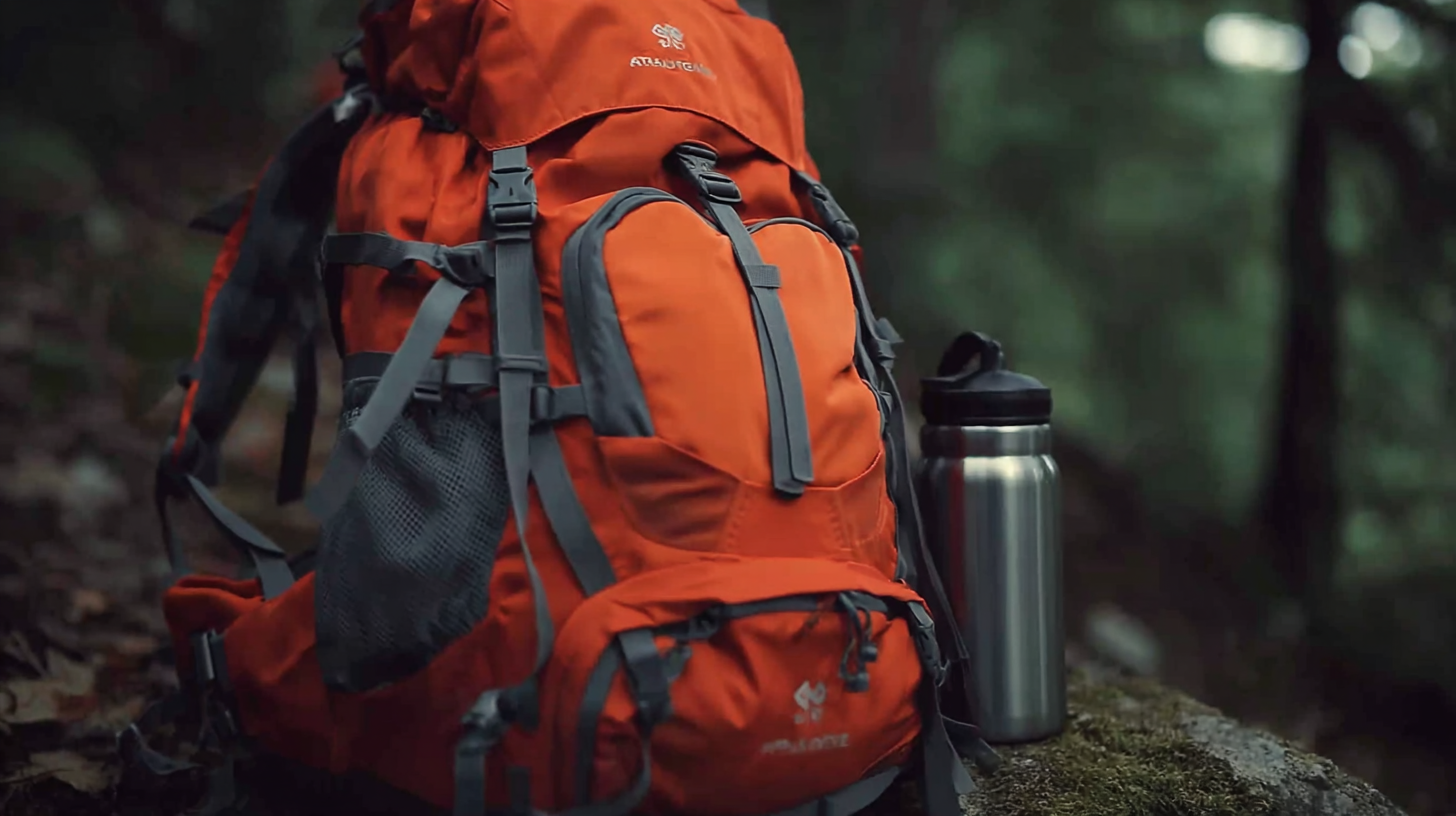Leave Your Message
- E-mail
- Whatsapp
When it comes to enjoying the great outdoors, having the right gear can make all the difference, and a reliable Hiking Day Pack is essential for any adventure. However, not all packs are created equal; the best Hiking Day Packs come equipped with innovative features that enhance comfort, convenience, and overall functionality. In this blog, we'll explore seven cutting-edge attributes you may not have known existed, designed to elevate your hiking experience.

From advanced hydration systems and lightweight materials to integrated safety features and organizational compartments, these packs are engineered to meet the needs of modern hikers. Whether you're planning a short day trip or an extended excursion, understanding these unique characteristics will help you choose the perfect Hiking Day Pack that meets your requirements and adds to your outdoor enjoyment. So, let’s dive into the details and discover what sets the exceptional packs apart from the rest.
When choosing a hiking day pack, the materials used can significantly influence your experience. Advanced fabrics like ripstop nylon and Gore-Tex have transformed the outdoor gear landscape, making day packs not only lightweight but also incredibly durable. These cutting-edge materials resist wear and tear, while also providing water resistance, ensuring that your gear stays dry during unexpected downpours. Additionally, breathable fabrics enhance comfort by allowing moisture to escape, keeping you cool on those long hikes.
Tip: Always look for day packs with multiple pockets made from these advanced materials. A well-organized pack helps you retrieve items quickly without rummaging through everything, thereby saving time and energy on the trail.
Moreover, tech-infused fabrics offer added benefits such as UV protection and antimicrobial properties that prevent odors from lingering in your pack. These innovations ensure that your hiking experience remains pleasant and manageable, no matter how tough the conditions get.
Tip: Before purchasing, check for user reviews on the performance of the fabric in real-world conditions. This feedback can provide insights into how these features function during extended hikes.
When it comes to hiking day packs, efficient storage solutions are crucial for enhancing trail experiences. One of the standout innovations in modern hiking packs is the clever pocket designs that maximize organization and accessibility. According to a recent industry report by the Outdoor Industry Association, 78% of hikers prioritize easy access to their essentials while on the move. As a response, manufacturers are incorporating specialized pockets that cater to specific gear needs, such as hydration reservoirs, quick-access phone sleeves, and even detachable fanny pack systems for trail snacks.
Furthermore, the integration of smart storage features, such as compression pockets and gear loops, significantly enhances the functionality of these packs. For instance, a survey by Trailspace revealed that 65% of outdoor enthusiasts prefer packs with adjustable compartments that can be resized according to the amount of gear carried. These innovative designs not only help in maintaining an organized load but also contribute to weight distribution, ensuring that hikers can carry their essentials comfortably for longer distances. Such advancements in pocket design fundamentally change the way hikers interact with their equipment, allowing for a streamlined and enjoyable outdoor experience.

When it comes to hiking, the backpack you choose can significantly affect your comfort and performance on the trail. One of the most innovative features of high-quality day packs is ergonomic design, which focuses on load distribution. According to a study published in the Journal of Sports Sciences, proper weight distribution reduces the risk of musculoskeletal injuries by over 30%. This is critical for hikers looking to enjoy long trails without the physical strain that can lead to fatigue or injuries.
Advanced day packs utilize a variety of technologies to enhance comfort. For instance, many incorporate adjustable suspension systems that allow for personalized fit, ensuring that the weight is evenly distributed across the hips and shoulders. Research from the American Journal of Physical Therapy highlights that backpacks designed with load lifter straps and hip belts can improve posture and reduce back pain by maintaining a neutral spine alignment. Additionally, moisture-wicking and breathable materials in these packs help regulate temperature and keep the hiker comfortable during strenuous activities, further enhancing the overall experience.
This chart illustrates the weight distribution among various body areas when carrying a hiking day pack. Effective load distribution enhances comfort and reduces fatigue, making your hiking experience more enjoyable.
When it comes to hiking, staying hydrated is paramount, and built-in hydration systems in day packs present unexpected benefits that enhance your outdoor experience. These integrated water reservoirs ensure easy access to water, allowing you to sip as you trek without fumbling with separate bottles. Additionally, having a hydration system designed specifically for the pack can optimize weight distribution, making your hike more comfortable and less tiring.
Tips for choosing a day pack with a built-in hydration system include looking for models with a reservoir that is easy to clean and refill. Opt for those that feature an insulated drinking tube to keep your water cool during hot hikes. Also, consider packs with adequate storage compartments, ensuring you have enough space for snacks, gear, and other essentials.
Another crucial aspect is the pack's fit and comfort. Make sure the backpack features adjustable straps and a breathable back panel for better ventilation. A well-fitted pack not only improves hydration accessibility but also enhances your overall hiking experience, allowing you to focus on the stunning landscapes around you rather than discomfort.

The outdoor gear industry is witnessing a significant shift towards sustainability, particularly in the production of hiking day packs. Eco-friendly manufacturing methods are becoming increasingly prominent, as manufacturers prioritize the use of recycled materials and ethically sourced components. This not only reduces waste but also minimizes the carbon footprint associated with the production process. Hiking enthusiasts can now enjoy the great outdoors knowing that their gear has been produced with environmental consciousness in mind.
Moreover, the integration of sustainable practices extends beyond materials to encompass the entire lifecycle of the product. Innovative companies are adopting practices such as low-impact dyes and water-saving techniques during manufacturing, while also ensuring that their packaging is recyclable or biodegradable. Consumers are responding positively to these developments, as the demand for hiking gear that aligns with eco-friendly values continues to rise. As awareness of environmental issues grows, hikers are increasingly choosing products that support both their adventures and the planet's health.
| Feature | Description | Sustainability Aspect |
|---|---|---|
| Eco-Friendly Fabrics | Utilizes recycled materials like PET bottles. | Reduces plastic waste and resource consumption. |
| Biodegradable Components | Parts made from biodegradable materials. | Minimizes long-term environmental impact. |
| Water-Resistant Coating | Eco-friendly water-repellent technology. | Reduces the need for harmful chemical treatments. |
| Lightweight Design | Engineered for minimal weight without sacrificing durability. | Lower energy consumption during transportation. |
| Customizable Compartments | Adaptive space management for varied gear. | Encourages efficient packing, reduces excess gear. |
| Reinforced Stitching | Stronger seams for increased longevity. | Prolongs the lifecycle of the product. |
| Modular Design | Allows for expansion with additional components. | Reduces the need for multiple products, saving resources. |
